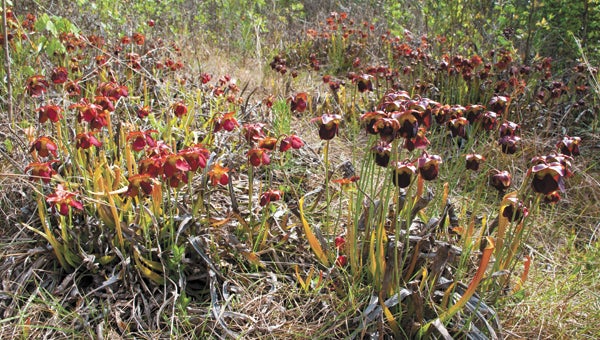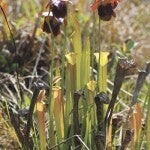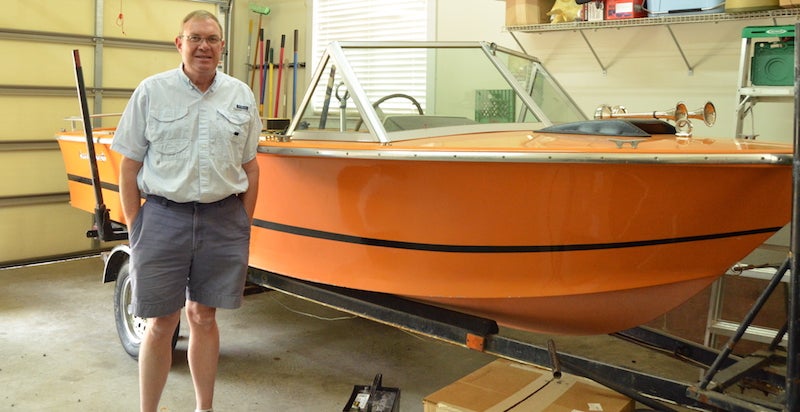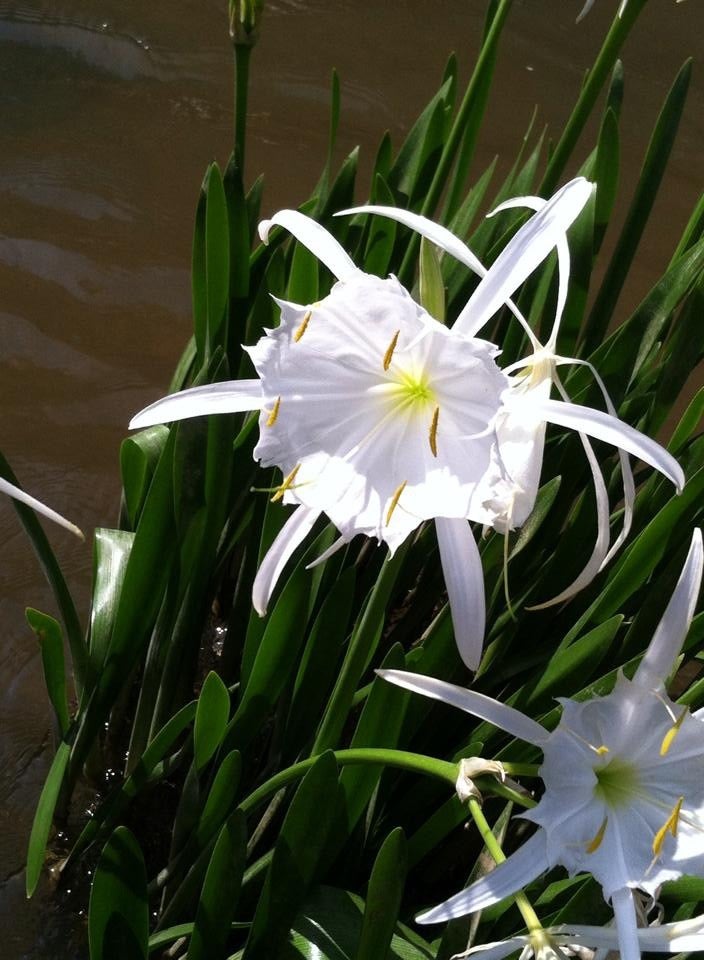Conservancy works to protect rare plant
Published 3:19 pm Thursday, June 7, 2012
A conservation group wants to help property owners protect an endangered plant found only in and around Chilton County.
The Nature Conservancy in Alabama contacted The Clanton Advertiser after seeing a story about the Alabama Canebrake Pitcher Plant in May’s edition of Peach Living.
The conservancy works with private property owners to manage areas where the plant is located to help ensure they are healthy since they are a unique part of Alabama’s natural history.
“We are currently in contact with most of the owners of the known sites and are always interested in the potential discovery of new populations,” said Chuck Byrd with the conservancy.
A federally endangered species, the Alabama Canebrake Pitcher Plant can only be found in a few locations in Chilton, Autauga and Elmore counties. It’s a carnivorous plant — sort of a cousin to the Venus flytrap — that traps and digests insects for nutrients.
But the pitcher plant doesn’t use a quick spring to trap its prey. Instead, it relies on its shape to catch bugs.
Foraging, flying or crawling insects are attracted to the plant by its color and nectar. Once at the pitcher’s edge, they slip on the slippery surface. As they work to free themselves, they slide further down until they can’t climb back out again.
The plant only grows in wet areas that have full sunlight, so work like cutting away or burning undergrowth is important to keep the plants healthy. The pitcher plant grows in sandy and gravelly bogs, particularly in swampy areas in highly acidic sand. Plants that might grow in similar areas include cane, bamboo-vine, sweet bay, alder, red maple, poison sumac and wax myrtle.
In the spring, the pitcher plant produces a maroon flower. But it’s in the summer when the pitchers themselves are most striking. During these months, the plants grow to up to 70 centimeters, stand erect, are light green in color and covered in a fine hair.
In the 1990s, the U.S. Fish and Wildlife Service estimated that there were only 12 sites where the pitcher plant grew. They were all on private land with five in Chilton and Autauga counties and two in Elmore County.
Historically, the plant was found in about 28 locations. The majority of today’s populations have fewer than 20 plants.
Anyone who thinks they might have the pitcher plant on their property is encouraged to contact Byrd at (205) 617-5341.








